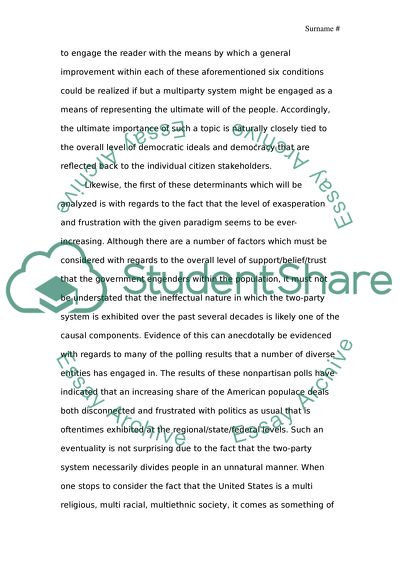Cite this document
(“The Problems of a Two Party System in the US Research Paper”, n.d.)
The Problems of a Two Party System in the US Research Paper. Retrieved from https://studentshare.org/history/1478519-political-problems-in-the-us
The Problems of a Two Party System in the US Research Paper. Retrieved from https://studentshare.org/history/1478519-political-problems-in-the-us
(The Problems of a Two Party System in the US Research Paper)
The Problems of a Two Party System in the US Research Paper. https://studentshare.org/history/1478519-political-problems-in-the-us.
The Problems of a Two Party System in the US Research Paper. https://studentshare.org/history/1478519-political-problems-in-the-us.
“The Problems of a Two Party System in the US Research Paper”, n.d. https://studentshare.org/history/1478519-political-problems-in-the-us.


